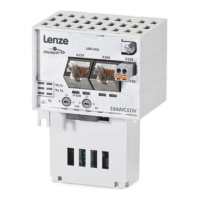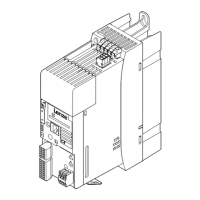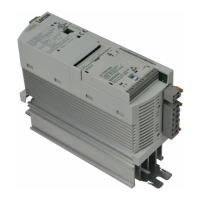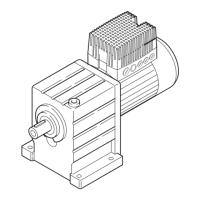Safety engineering
Basics for safety sensors
8
105
EDS84DG752 EN 5.0
8.3 Basics for safety sensors
Passive sensors
Passive sensors are two-channel switching elements with contacts. The connecting cables
and the sensor function must be monitored.
The c ontacts must switch simultaneously (equivalently). Nevertheless, safety functions
will be activated as soon as at least one channel is switched.
The switches must be wired according to the closed-circuit principle.
Examples of passive sensors:
ƒ Door contact switch
ƒ Emergency-off control units
Active sensors
Active sensors are units with 2-channel semiconductor outputs (OSSD outputs). With the
integrated safety system of this device series, test pulses < 1 ms for monitoring the
outputs and cables are permissible. The maximally permissible connection capacity of the
outputs is to be observed.
P/M-switching sensors switch the positive and negative cable or the signal and ground
wire of a sensor signal.
The outputs have to switch simultaneously. Nevertheless, safety functions are triggered
as soon as at least one channel is switched.
Examples of active sensors:
ƒ Lightgrid
ƒ Laser scanner
ƒ Control systems

